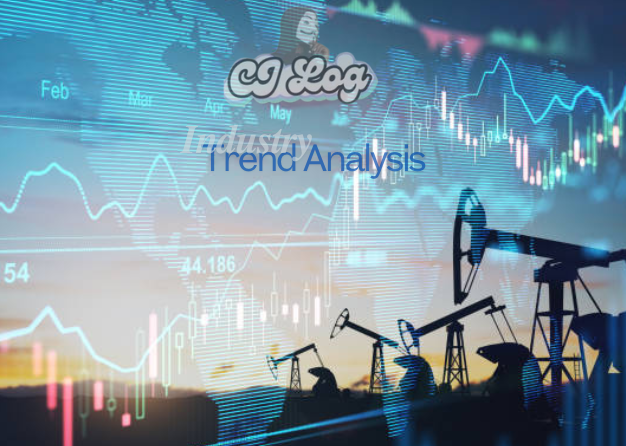Introduction
In an ever-evolving marketplace, staying ahead of industry trends is vital for businesses aiming to maintain their competitive edge. Industry trend analysis refers to the systematic examination of the shifts in consumer behaviors, technologies, and market dynamics that can impact a sector. This blog post explores the importance of trend analysis, key methodologies, and how businesses can leverage these insights for strategic decision-making.
Why Industry Trend Analysis Matters
- Informed Decision-Making
- Analyzing industry trends equips businesses with the information needed to make data-driven decisions. By understanding where the market is headed, companies can align their strategies with emerging opportunities and threats.
- Adaptability and Innovation
- Industries are constantly changing due to advancements in technology and shifts in consumer preferences. Companies that regularly assess trends can adapt more quickly, fostering a culture of innovation that keeps them relevant.
- Competitive Advantage
- Identifying trends before they become mainstream can provide a significant competitive edge. Businesses can position themselves as leaders in their field by being the first to respond to new market demands.
Key Methodologies for Trend Analysis
- Data Collection
- Gathering data from various sources is the first step in trend analysis. This can include market reports, consumer surveys, social media insights, and sales data. Quantitative and qualitative data both play crucial roles in understanding trends.
- SWOT Analysis
- Conducting a SWOT analysis (Strengths, Weaknesses, Opportunities, Threats) helps businesses evaluate their position in relation to market trends. This framework encourages a comprehensive overview of internal capabilities and external market conditions.
- Porter’s Five Forces
- This model assesses industry competitiveness and can reveal insights into how trends affect market dynamics. By evaluating the forces of competition, potential entrants, substitutes, buyer and supplier power, businesses can better understand their industry landscape.
- Predictive Analytics
- Utilizing predictive analytics tools enables businesses to forecast future trends based on historical data. This approach involves statistical techniques and machine learning algorithms to identify patterns that can inform future strategies.
Current Industry Trends to Watch
- Digital Transformation
- The rapid integration of technology in business processes is reshaping industries. Embracing digital tools enhances efficiency, improves customer experience, and opens new avenues for growth.
- Sustainability
- As consumers become more environmentally conscious, businesses are under pressure to adopt sustainable practices. This trend is not just a regulatory requirement but also a market expectation.
- Remote Work and Flexibility
- The shift towards remote work has transformed organizational structures and workforce dynamics. Companies are re-evaluating their policies to attract and retain talent in a flexible working environment.
- Health and Wellness Focus
- Post-pandemic, there is a heightened emphasis on health and wellness across industries, from products to workplace environments. Businesses are adapting their offerings to meet this new consumer demand. Conclusion
Industry trend analysis is not merely a reactive measure; it is a proactive strategy that enables businesses to anticipate changes and adapt accordingly. By leveraging data collection, analytical methodologies, and staying informed about current trends, organizations can position themselves for success in an ever-changing market landscape.
Stay vigilant and embrace change to lead your industry!


